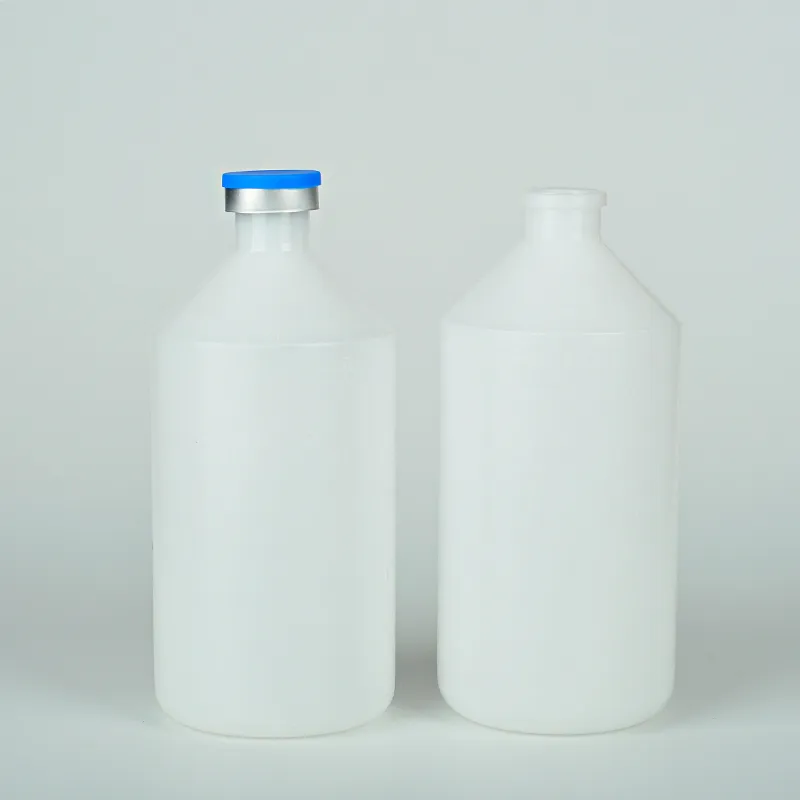dropper tip caps
The Importance of Dropper Tip Caps in Laboratory Environments
In the realm of laboratory science and research, precision and accuracy are paramount. Various tools and equipment are essential for achieving optimal results, and one often overlooked but critical component is the dropper tip cap. This small yet significant accessory plays a vital role in a variety of applications, from biochemical experiments to pharmaceutical formulations. This article delves into the importance of dropper tip caps, their design features, and their contributions to laboratory efficiency and safety.
What are Dropper Tip Caps?
Dropper tip caps are designed to cover the tips of droppers, which are commonly used to dispense small volumes of liquids. These caps serve multiple purposes they protect the dropper tip from contamination, prevent evaporation of volatile compounds, and ensure that the dropper remains sterile until its next use. Typically made from materials such as polyethylene or polypropylene, these caps are lightweight yet durable.
Key Features and Benefits
1. Contamination Prevention One of the primary functions of dropper tip caps is to prevent contamination. In laboratory settings, even the smallest amount of foreign material can compromise experimental results. The cap forms a barrier that keeps the dropper tip clean and free from dust, microorganisms, and other potential contaminants.
2. Volatile Compound Protection Certain chemicals and solutions used in laboratory applications can be highly volatile. Without a proper seal, such substances can evaporate, leading to concentration changes that can skew results. Dropper tip caps provide an airtight seal that minimizes evaporation, ensuring that the integrity of the sample is maintained.
dropper tip caps

3. Sterility Assurance In fields such as biotechnology and pharmaceuticals, sterility is crucial. Dropper tip caps contribute to maintaining a sterile environment by covering the droppers until they are ready for use. This is particularly important when handling sensitive biological samples or reagents.
4. Ease of Use The design of dropper tip caps often includes user-friendly features such as easy removal and replaceability. This ensures that researchers can quickly and efficiently use droppers without the hassle of dealing with complicated mechanisms. Additionally, many caps are color-coded, allowing for easy identification of different solutions or reagents.
5. Cost-Effectiveness Utilizing dropper tip caps can be a cost-effective measure in research labs. By preventing contamination and evaporation, these caps reduce the need for repeated experiments and conserve expensive reagents. This efficiency ultimately leads to better resource management and savings for laboratories.
Applications Across Disciplines
Dropper tip caps find applications across various scientific disciplines. In chemistry labs, they are instrumental for precise reagent dispensing. In microbiology, they ensure that cultures remain uncontaminated. Pharmaceutical researchers benefit from their use during drug formulation and testing, where even minor deviations can affect outcomes. Additionally, in environmental science, they help maintain the integrity of samples collected from sensitive ecosystems.
Conclusion
In summary, dropper tip caps may be small components in the grand scheme of laboratory operations, but their impact is significant. They ensure the reliability and validity of experimental results, help maintain sterility, and contribute to overall laboratory efficiency. For researchers and scientists committed to achieving high standards of precision, ignoring the importance of dropper tip caps would be a grave mistake. As science continues to advance, recognizing the significance of every component, however minor it may seem, is crucial for fostering innovation and success in the laboratory.
-
Aesthetic Makeup Spray Bottles | Fine Mist Empty RefillableNewsAug.19,2025
-
White Plastic Veterinary Vaccine Vials | Lab Liquid BottlesNewsAug.18,2025
-
Plastic Medicine Liquid Bottle: Secure Flip Top Drug VialsNewsAug.17,2025
-
Durable 250ml Blue Plastic Vaccine Vial for Lab & Vet UseNewsAug.16,2025
-
Sterile Virus Sample Tubes: Secure & Reliable Specimen CollectionNewsAug.15,2025
-
White 250ml Plastic Vaccine Vial for Lab & Vet MedicineNewsAug.14,2025
























